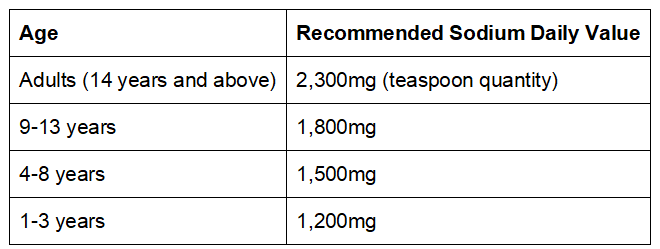Eating less salt is the number one way of reducing sodium consumption. From what we’ve said so far, these choices can help you cut sodium consumption in your diet significantly.
●Cook fresh food for your meals with minimal or no salt whenever possible.
●Minimize your intake of processed and restaurant food.
●Check the ‘nutritional facts’ on packaged food and opt for unsalted brands or those with reduced/low sodium.
●Replace salt with flavoring herbs or spices whenever possible.
●Don’t add salt to food at the table.
●Leave salt from food that can go without it, such as rice and pasta.
●Avoid pre-prepared foods, dressings, and sauces.
●Choose fresh meats over smoked, cured, and those with added salt or saline solution.
●Whenever available, make use of ‘low-sodium shopping lists’.
●When dining out, opt for unsalted or minimal salt meals.
●Consume more fruits and vegetables. These do not require salt.
●Work with a professional dietician to help reduce sodium for your entire family.
Restaurants and food manufacturers can play their part in reducing sodium intake among consumers by adopting the
FDA Guidelines for Voluntary Sodium Reduction Goals. Doing this comes with immense benefits.
